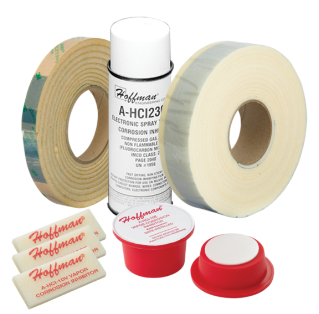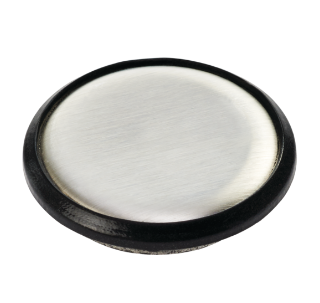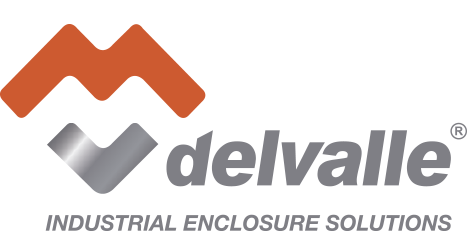STAHL LINEAR LUMINAIRE FOR FLUORESCENT LAMPS SHEET STEEL SERIES 6414/1
STAHL LINEAR LUMINAIRE FOR FLUORESCENT LAMPS SHEET STEEL SERIES 6014/1
STAHL LINEAR LUMINAIRE FOR FLUORESCENT LAMPS SHEET STEEL SERIES 6412/1
STAHL LINEAR LUMINAIRE FOR FLUORESCENT LAMPS SHEET STEEL SERIES 6012/1
STAHL LINEAR LUMINAIRE WITH LED SHEET STEEL SERIES 6412/5
STAHL LINEAR LUMINAIRE WITH LED SHEET STEEL SERIES 6012/5
STAHL LINEAR LUMINAIRE WITH LED EXLUX SERIES L402/4
STAHL LINEAR LUMINAIRE WITH LED EXLUX SERIES 6402/4
- State-of-the-art LED technology with high luminous efficacy and long service life
- Extremely high luminaire efficacy
- Luminous flux after 100,000 h still 90% of the starting luminous flux
- Optionally with DALI for controlling and monitoring the luminaire
- Optionally with address modules for directly actuation of a common battery system
STAHL LINEAR LUMINAIRE WITH LED EXLUX SERIES 6002/4
- The latest LED technology with a high luminous efficacy and a long service life
- Extremely high luminaire efficacy
- Luminous flux after 100,000 h still 90% of the starting luminous flux
- Optionally with DALI for controlling and monitoring the luminaire
- Optionally addressable for direct actuation of a common battery system
HOFFMAN Corrosion Inhibitor
Use Corrosion Inhibitors to protect electronic components inside the enclosure against corrosion. It is simple and economical to use; no surface preparation is required and puts protected equipment to use immediately without degreasing or coating removal. Each inhibitor contains a special chemical combination that vaporizes and condenses on all surfaces in an enclosed area. Vapors will redeposit as needed in the event of condensation of moisture on surfaces. These vapors reach every part of an enclosure, protecting all interior components. They do not interfere with electrical, optical or mechanical surface properties. Protection is effective even in salt-water atmospheres. The AHCI5E and AHCI10E emitters have additional red-metal inhibitors for further protection. The normal useful life-span of Hoffman corrosion inhibitors is in excess of one year. However, inhibitor life expectancy is shortened by approximately 25 percent when exposed to temperatures above 104 F (40 C). This product is not recommended for use where temperature exceeds 199 F. Since Corrosion Inhibitors are vapor-phase protective, all surfaces to be protected should be accessible to the vapors. The maximum distance the vapors can travel is approximately 1.50 ft. (.46 m). Protection of long, narrow enclosures can be achieved with tape or multiple inhibitors. Each Corrosion Inhibitor is individually packaged in a resealable bag for maximum effectiveness at the time of usage. Corrosion inhibitors should be stored at temperatures not exceeding 120 F (45 C ). Hoffman corrosion inhibitors are not returnable. When determining the proper corrosion inhibitor for your application, assume the enclosure volume to be protected is greater than calculated if (1) cabinet doors are opened frequently, (2) cabinet is located in an extremely corrosive area and/or (3) cabinet length divided by depth is greater than four.
The normal useful life-span of HOFFMAN corrosion inhibitors is in excess of one year. However, inhibitor life expectancy is shortened by approximately 25 percent when exposed to temperatures above 104 F (40 C). This product is not recommended for use where temperature exceeds 199 F. Since HOFFMAN corrosion inhibitors are vapor-phase protective, all surfaces to be protected should be accessible to the vapors. The maximum distance the vapors can travel is approximately 1.50 ft. (.46 m). Protection of long, narrow enclosures can be achieved with tape or multiple inhibitors.
Each nVent HOFFMAN corrosion inhibitor is individually packaged in a resealable bag for maximum effectiveness at the time of usage. Corrosion inhibitors should be stored at temperatures not exceeding 120 F (45 C ). HOFFMAN corrosion inhibitors are not returnable. When determining the proper corrosion inhibitor for your application, assume the enclosure volume to be protected is greater than calculated if (1) cabinet doors are opened frequently, (2) cabinet is located in an extremely corrosive area and/or (3) cabinet length divided by depth is greater than four.















